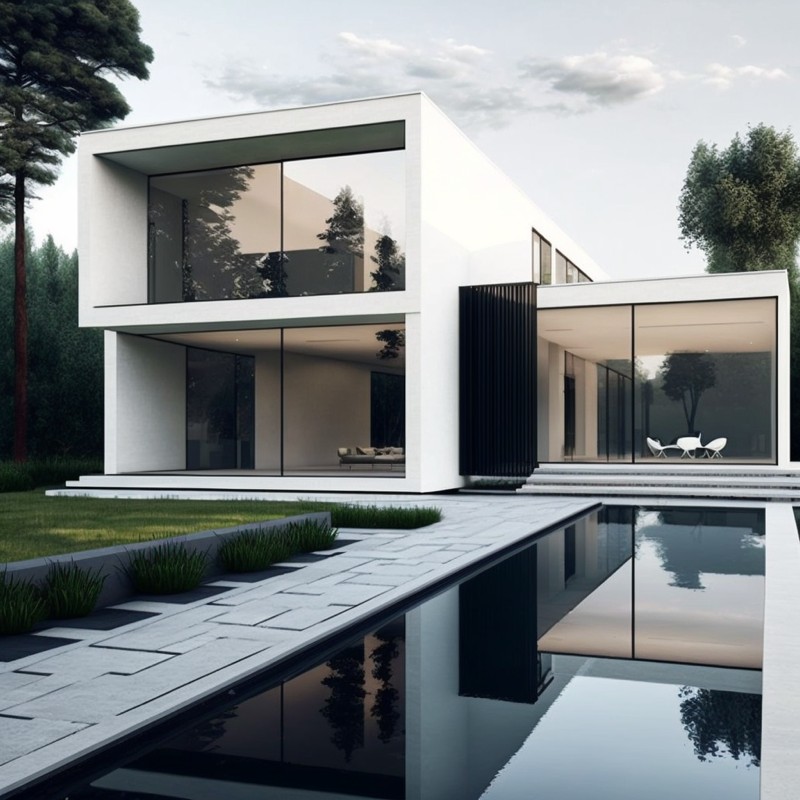Mies van der Rohe was a German-born architect who is known for his contributions to the modernist movement in architecture. He is often associated with the phrase “less is more,” which he used to describe his approach to design. Mies’ style is characterized by a focus on simplicity, clean lines, and the use of industrial materials such as steel and glass. One of his most famous works is the Barcelona Pavilion, a building in Spain that was designed for the 1929 International Exposition. Other notable works by Mies include the Seagram Building in New York City and the Lake Shore Drive Apartments in Chicago.
Mies van der Rohe’s work has been an inspiration to many architects and designers, and his ideas and techniques continue to influence design today. Some of the key themes and techniques that can be seen in Mies’ work and that may serve as inspiration for contemporary design include:

Simplicity and minimalism: Mies believed that less is more, and his work often features clean lines, simple forms, and a limited color palette.
Use of industrial materials: Mies was a pioneer in the use of industrial materials such as steel and glass in architecture, and his buildings often feature large windows and open floor plans that allow for a strong connection to the outdoors.
Attention to detail: Mies was known for his attention to detail, and his buildings are characterized by a high level of craftsmanship and a focus on creating a seamless, unified whole.
Functionality: Mies believed that form should follow function, and his buildings are designed with a strong emphasis on practicality and utility.
Flexibility: Mies designed many of his buildings with flexibility in mind, creating spaces that could be easily adapted to meet changing needs.
Mies van der Rohe- a pioneer of the open floor plans
Mies van der Rohe’s interiors are known for their simplicity, clean lines, and use of industrial materials. His interiors often feature minimal furnishings, with an emphasis on functionality and a strong connection to the outdoors. Mies was a pioneer in the use of open floor plans, and many of his buildings feature large windows and sliding glass doors that allow for a strong connection to the outdoors. He was also known for his use of materials such as marble, chrome, and steel, which he used to create a sense of luxury and sophistication. Mies’ interiors are often characterized by a minimal color palette, with an emphasis on neutral tones such as white, black, and gray.
Mies van der Rohe – Reasons to love his work
There are many reasons to love Mies van der Rohe’s work. Some of the key reasons include:
- His contributions to the modernist movement: Mies was a pioneer in the modernist movement in architecture, and his work has had a lasting influence on the field.
- His commitment to simplicity and minimalism: Mies believed that less is more, and his work is characterized by a focus on simplicity, clean lines, and the use of industrial materials.
- His attention to detail: Mies was known for his attention to detail, and his buildings are characterized by a high level of craftsmanship and a focus on creating a seamless, unified whole.
- His belief in functionality: Mies believed that form should follow function, and his buildings are designed with a strong emphasis on practicality and utility.
- His use of light and space: Mies was a master of using light and space to create a sense of openness and openness in his buildings.
- His flexibility and adaptability: Mies designed many of his buildings with flexibility in mind, creating spaces that could be easily adapted to meet changing needs.
